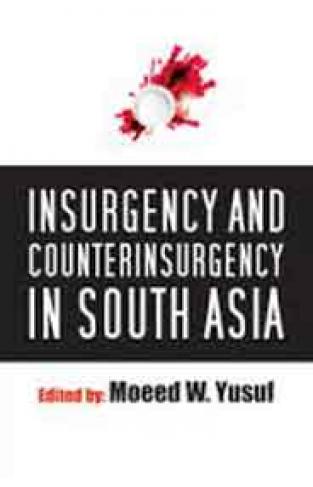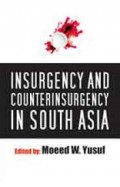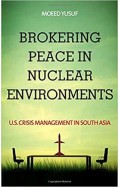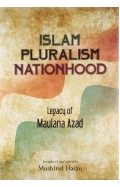Insurgency and Counterinsurgency in South Asia
By: Moeed Yusuf
-
Rs 657.25
- Rs 1,195.00
- 45%
You save Rs 537.75.
Due to constant currency fluctuation, prices are subject to change with or without notice.
| Book | |
| What's in the Box? | 1 x Insurgency and Counterinsurgency in South Asia |
Insurgency and Counterinsurgency in South Asia
By: Moeed Yusuf
Rs 657.25 Rs 1,195.00 Ex Tax :Rs 657.25
Brokering Peace in Nuclear Environments: U.S. Crisis Management in South Asia
By: Moeed Yusuf
Rs 3,375.00 Rs 7,500.00 Ex Tax :Rs 3,375.00
Zubin Mehta: A Musical Journey (An Authorized Biography)
By: VOID - Bakhtiar K. Dadabhoy
Rs 472.50 Rs 1,050.00 Ex Tax :Rs 472.50
Legacy of Maulana Azad: Islam Pluralism Nationhood
By: Mushirul Hasan
Rs 767.25 Rs 1,395.00 Ex Tax :Rs 767.25
Manning Up: How the Rise of Women Has Turned Men into Boys
By: Kay Hymowitz
Rs 646.75 Rs 995.00 Ex Tax :Rs 646.75
Legacy of Maulana Azad: Islam Pluralism Nationhood
By: Mushirul Hasan
Rs 767.25 Rs 1,395.00 Ex Tax :Rs 767.25
No recently viewed books available at the moment.
Zubin Mehta: A Musical Journey (An Authorized Biography)
By: VOID - Bakhtiar K. Dadabhoy
Rs 472.50 Rs 1,050.00 Ex Tax :Rs 472.50
Insurgency and Counterinsurgency in South Asia
By: Moeed Yusuf
Rs 657.25 Rs 1,195.00 Ex Tax :Rs 657.25
Brokering Peace in Nuclear Environments: U.S. Crisis Management in South Asia
By: Moeed Yusuf
Rs 3,375.00 Rs 7,500.00 Ex Tax :Rs 3,375.00
Legacy of Maulana Azad: Islam Pluralism Nationhood
By: Mushirul Hasan
Rs 767.25 Rs 1,395.00 Ex Tax :Rs 767.25















-120x187.jpg?q6)














